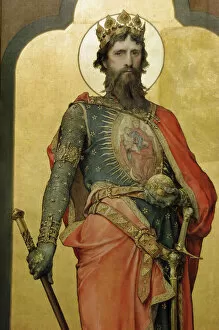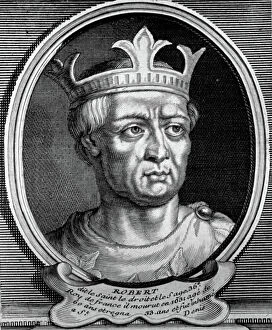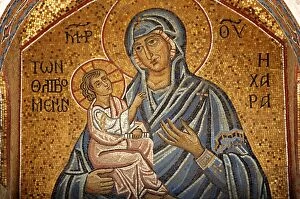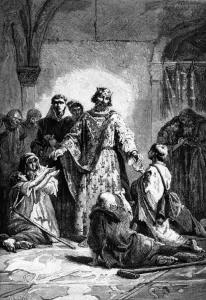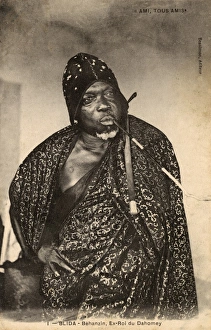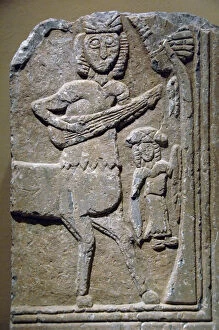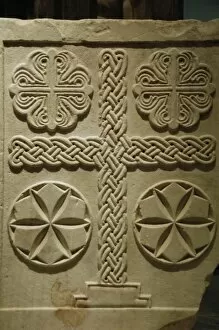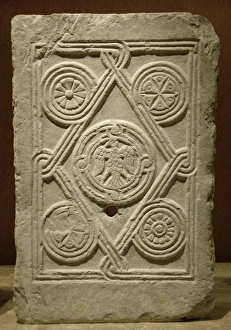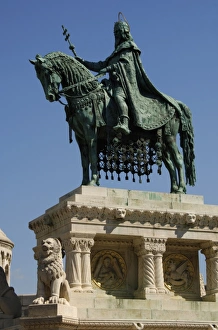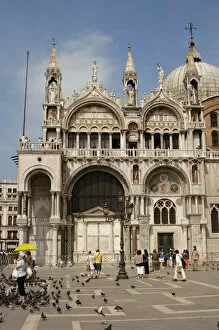Xith Collection
"Exploring the Legacy of Xith: From Ladislaus I of Hungary to Byzantine Art and Beyond" In the vast tapestry of history, one name stands out - Xith
All Professionally Made to Order for Quick Shipping
"Exploring the Legacy of Xith: From Ladislaus I of Hungary to Byzantine Art and Beyond" In the vast tapestry of history, one name stands out - Xith. This enigmatic term encapsulates a multitude of fascinating stories and cultural treasures that span across centuries and continents. Let us begin our journey with Ladislaus I of Hungary, also known as St. Ladislaus or Laszlo. Born in 1040, he was a renowned king whose reign left an indelible mark on Hungarian history. His legacy is celebrated even today, reminding us of his noble virtues and unwavering devotion to his people. Moving westward to London, we encounter the Monument to the Royal Fusiliers in High Holborn. Standing tall and proud, it pays homage to those who served their country with valor and sacrifice. It serves as a reminder that bravery knows no boundaries or time periods. Venturing into Byzantine art, we are captivated by its intricate beauty showcased in various forms such as mosaics and reliefs. The Virgin and Child mosaic from the 11th century transports us back in time, evoking awe-inspiring spirituality through its masterful craftsmanship. The marble reliefs found in Greece further enrich our understanding of Byzantine artistry. From mythological representations to geometric patterns adorned with crosses, each slab tells a unique story etched into stone for eternity. As we delve deeper into history's annals, Robert II the Pious emerges as another significant figure associated with Xith. Through an engraving capturing his likeness, we catch glimpses of medieval Europe's political landscape during his reign as King of France. Returning eastwards towards Hungary once more brings us face-to-face with Stephen I or Saint Stephen - the first Christian monarch who laid strong foundations for his nation's future prosperity while embracing Christianity wholeheartedly. Our voyage concludes amidst architectural marvels like Aleppo's Great Mosque and Venice's Saint Mark Cathedral.

